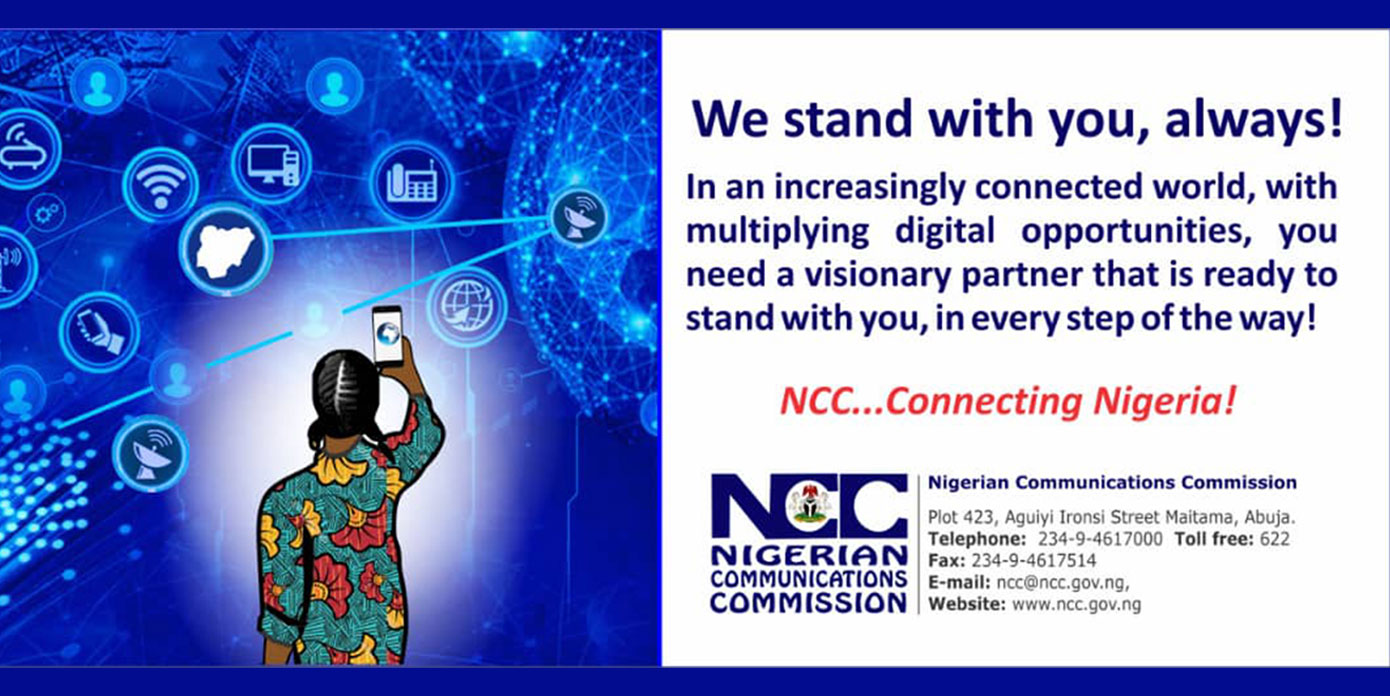One of the factors limiting financial inclusion among the unbanked is the perception that banks are not safe to store money. This concern increases exponentially with digital banking platforms as the suggested mode of banking.
News headlines such as “Electronic Fraud: I called my bank to block my account but the criminals still cleared my money” and “78,584 e-payment fraud cases recorded in one year” do not help the assertion that digital payments are safe and secure.
However, the truth is that your money is safer in a bank than it is hidden under your bed at home and safer with digital wallets like PalmPay, whose deposits are insured by the Nigeria Deposit Insurance Corporation (NDIC).
For your money to remain secure, aside from the security measures put in place by banks and fintechs, you owe it to yourself to take safety precautions by following these eight vital steps to enhance your bank account security.
Create strong passwords
Passwords should be complex but easy to remember. To prevent your bank from being hacked, use a complex password with a mix of uppercase and lowercase letters, numbers, and special characters, for example (GOdsent123@) and avoid using easily guessable information like birthdays, pet names, and names for passwords.
Enable Two-Factor Authentication (2FA)
Where applicable, enable two-step authentication for your online banking to ensure an extra layer of security. Because this requires that a second form of verification is sent to your mobile device, it makes hacking your bank account difficult. Users of the PalmPay app can enjoy its built-in safety and security features.
Monitor your accounts regularly
Safety may begin with an ‘S’ but it starts with ‘U’. The human component of safety is as important as the technology side. Bank security measures are not enough to protect your money; follow safety precautions to enhance your account security. You are less prone to financial attacks when you keep an eye on your bank statements and transaction history and immediately report any discrepancies to your bank.
Protect personal information
Your PIN is called a Personal Identification Number for a reason. You must avoid sharing such and other sensitive information and be cautious about sharing your personal information online, especially on social media. Thread carefully when using a bank or making payments through a point of sale (POS). Always stay vigilant and watch out for possible irregularities while patronising POS agents.
Regularly update banking apps
Failure to regularly update your banking app leaves your account open to fraudsters. This is because the latest bank app updates often include security enhancements like PalmPay’s auto-logout feature. This security feature requires users to always input their PIN when they reopen the app after each logout.
Set limits for your bank account
Beyond having biometric features, many banks and fintech platforms like PalmPay have features that enable you to set account limits for specific activities such as large transactions. Stay informed on your bank account activity and peg a withdrawal limit to serve as an alarm bell for unauthorized transactions on your account.
Beware of phishing attempts
There are going to be numerous phishing attempts during this period. Be cautious about emails, messages, or phone calls asking for personal information. Do not click on links or download attachments from suspicious sources. Legitimate financial platforms like PalmPay won’t call, text or email requesting your personal information.
Education, education, education
Educate yourself by staying informed about common scams and fraud tactics, and be cautious about clicking on links in emails or text messages, especially if they seem suspicious. We are big on financial literacy in PalmPay. Take advantage of our Wallet Safety Workshops to educate yourself on best safety practices.
Let’s say that your bank’s safety measures are top-notch and you’ve done everything advised here to enhance your bank account safety but still get hacked by fraudsters, quickly report any fraudulent activity to your bank’s customer support to help you with quick resolution and recovery of stolen funds.












